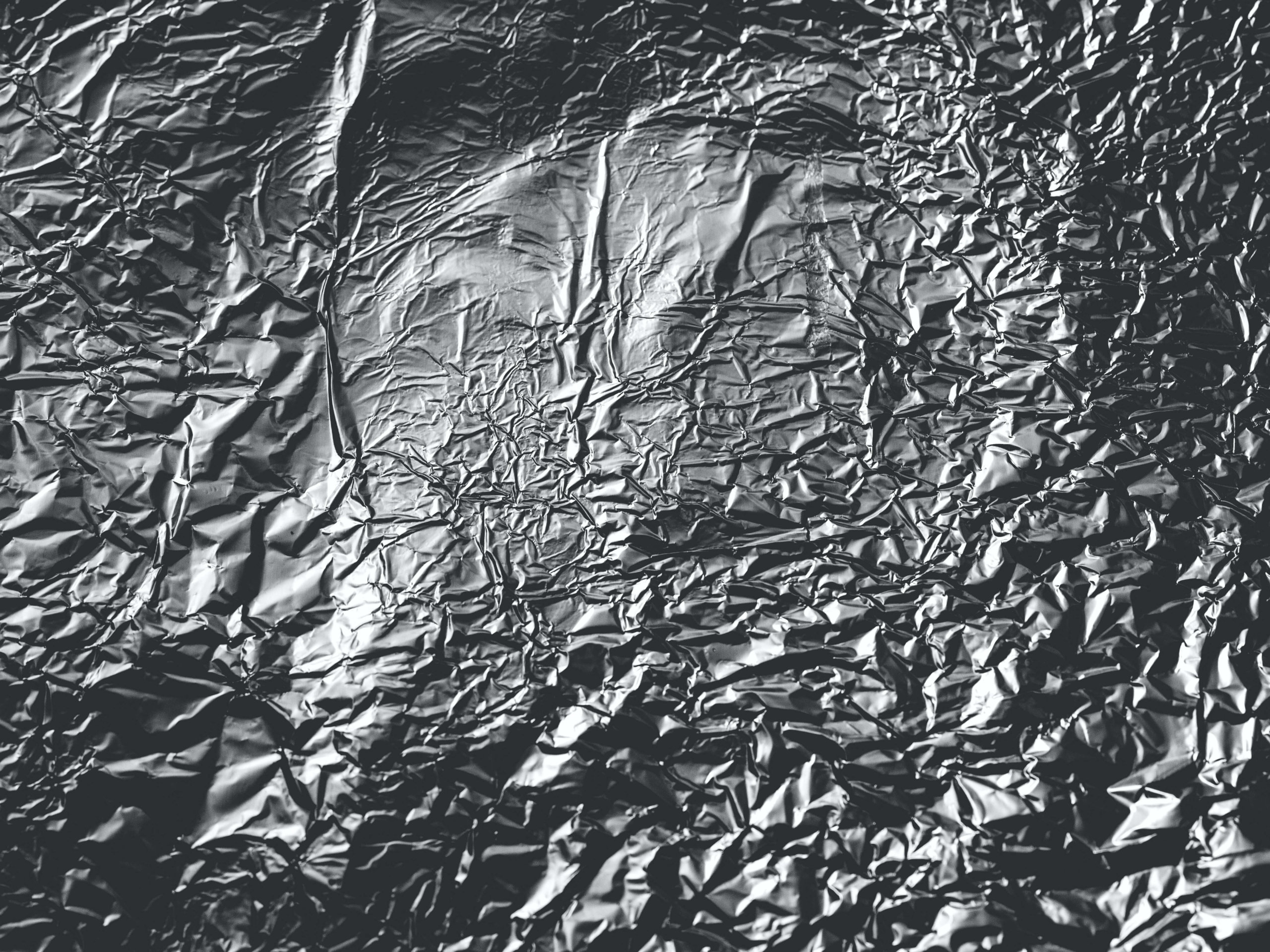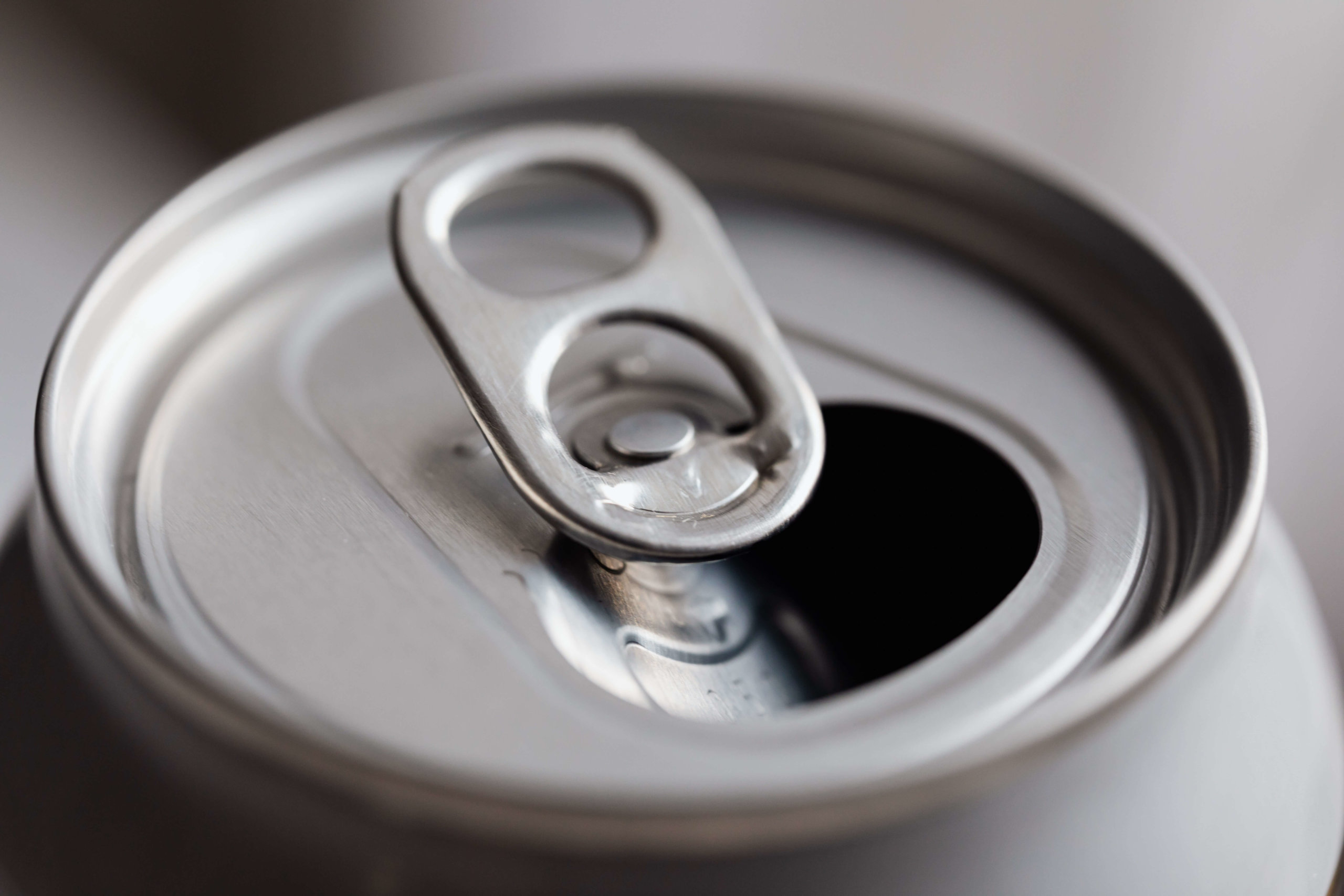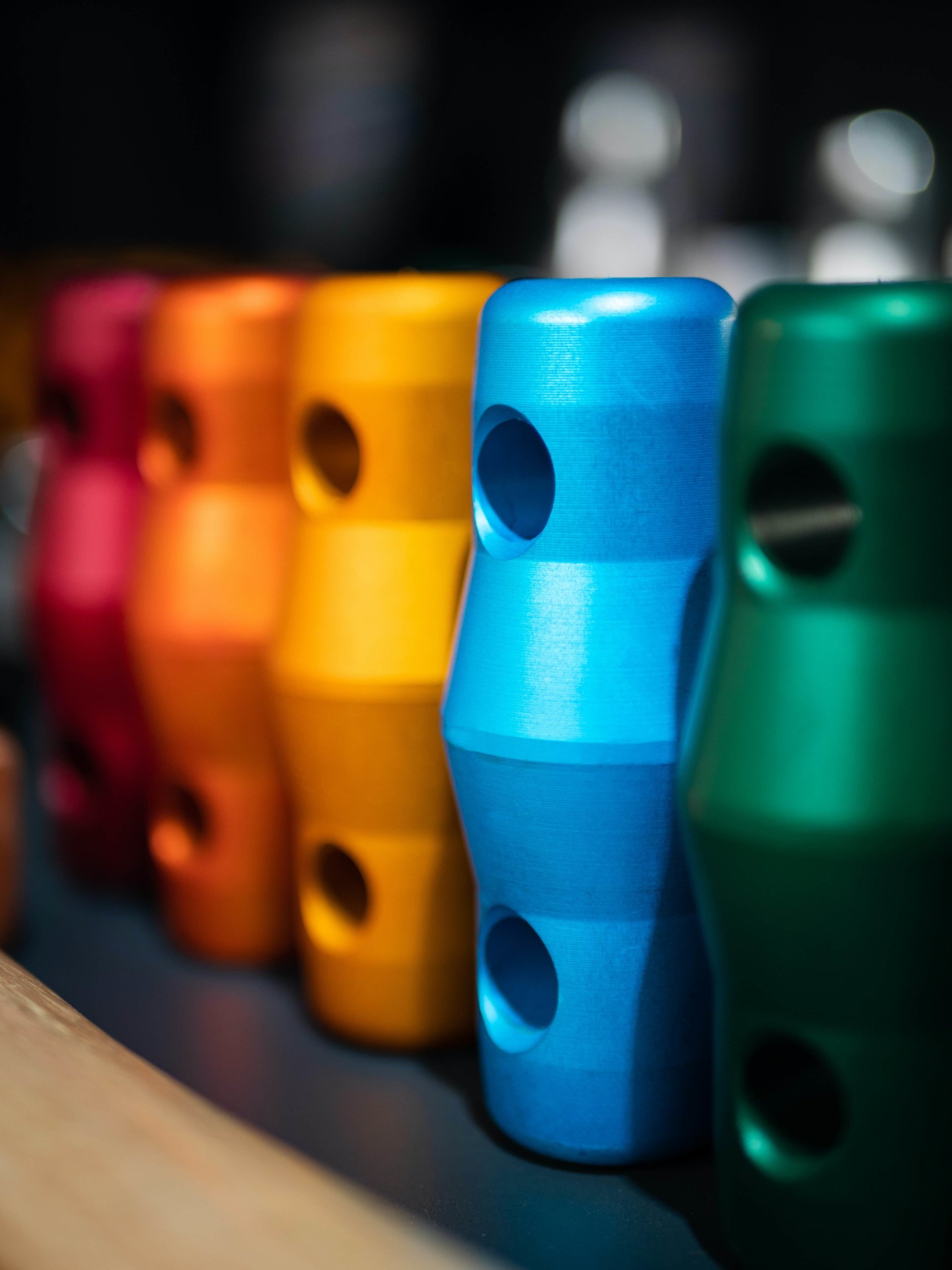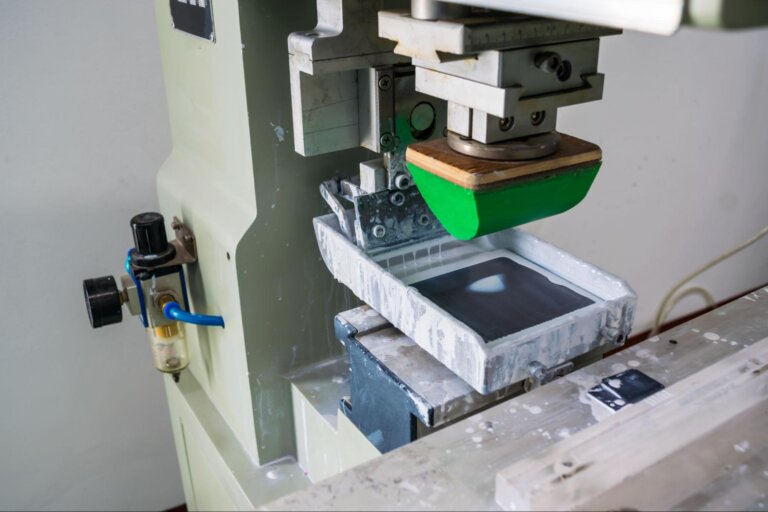Time to read: 9 min
Aluminum is the name of the most abundant metallic element found in earth’s crust, which is part of the reason why it’s used in so many objects that we use every day. In fact, it’s the most widely used non-ferrous metal (meaning that it doesn’t contain any iron). Aluminum is found both in common objects, like aluminum foil or aluminum cans, and in extreme, specialized applications like parts for spaceships and submarines.
Properties of Commercial Aluminum
There are many reasons why aluminum is the most commonly used non-ferrous metal. It’s quite ductile and malleable, which makes it suited for a wide range of applications. Its malleability allows it to be made into aluminum foil, while its ductility allows aluminum to be drawn into rods and wires.

Aluminum also has high corrosion resistance because of a protective oxide layer that naturally forms when the material is exposed to air. This oxidation can also be synthetically induced to provide even stronger protection against the elements. Aluminum’s natural protective layer makes it more corrosion resistant than carbon steel, but it can’t quite compete with the chromium content of stainless steel. Additionally, aluminum is a good conductor of heat and electricity, better at both than carbon and stainless steel.
It’s faster and easier to machine than steel, while its strength to weight ratio makes it a good choice for many applications that require a strong, hard material. Finally, aluminum recycles well compared to other metals, so more of the chip material can be saved, melted, and reused. Recycling aluminum can save as much as 95% of the energy compared to what is necessary to produce virgin aluminum.
Of course, there are a few drawbacks to using aluminum, especially as compared to steel. It’s not as hard as steel, which makes it a poor choice for parts that will experience more impact or extremely high load bearing forces. Aluminum also has a significantly lower melting point (660 C vs about 1400 C at the lower end for steel), so it can’t withstand extreme heat applications. It also has a high coefficient of thermal expansion, so if it gets too hot during machining it can deform and become difficult to hold tight tolerances. Finally, aluminum can be more expensive than steel due to the higher power needs during consumption.
Aluminum Alloys
Commercially available aluminum, or the aluminum that you’d use in a CNC machining project, is not pure — it always contains small amounts of alloying elements. These alloying elements lend strength and hardness to what is otherwise a very soft metal. Standard aluminum still contains 99 to 99.6% aluminum (the element) by weight, with common materials such as silicon, manganese, magnesium, copper, and zinc making up the other percent.
There are an infinite number of aluminum alloys that can be made by making slight adjustments to the amounts of alloying elements. However, some compositions have proven to be more useful than others. These common aluminum alloys are grouped according to the main alloying element. Each series has some common properties. For example, the 3000, 4000, and 5000 series of aluminum alloys cannot be heat treated, so they are cold worked, which is also known as work hardening, instead.
Major Aluminum Grades
1000 series
Aluminum 1xxx alloys contain the most pure aluminum, with at least 99% aluminum by weight. There is no specific alloying element, and most of these are almost pure aluminum. For example, aluminum 1199 has 99.99% aluminum by weight and is used to make foil. These are the softest grades, but they can be work hardened, which means they get stronger when repeatedly deformed.
2000 series
The 2000 series of aluminum has copper as its main alloying element. These grades of aluminum can be precipitation hardened, which makes them almost as strong as steel. Precipitation hardening involves heating the metal to a certain heat so that precipitates of other metals emerge from the metal solution (all while the metal remains a solid) and contribute to a higher yield strength. 2xxx aluminum grades have lower corrosion resistance, however, due to the addition of copper. Aluminum 2024 also contains manganese and magnesium and is used in aerospace parts.
3000 Series
Aluminum 3xxx grades have manganese as their most significant added element. These aluminum alloys can also be work hardened (this is necessary to achieve sufficient hardness levels, as these grades of aluminum cannot be heat treated). Aluminum 3004 also contains magnesium and is the alloy used in aluminum beverage cans, along with its hardened variations.

4000 Series
The 4000 series of aluminum include silicon as the major alloying element. The silicon lowers the melting point of aluminum 4xxx grades. Aluminum 4043 is used as filler rod material for welding 6000 series aluminum alloys, while aluminum 4047 is used as sheet and cladding in construction.
5000 series
Magnesium is the main alloying element for the 5000 series. These grades have some of the best corrosion resistance, so they are often used for marine applications, or in other situations that face extreme elements. Aluminum 5083 is an alloy frequently used in marine parts.
6000 series
Magnesium and silicon are both used to make some of the most common aluminum alloys out there. The combination of these elements is used to create the 6000 series, which in general is easily machined and can be precipitation hardened. 6061 in particular is one of the most commonly found aluminum alloys and also has high corrosion resistance. It is often used for structural and aerospace applications.
7000 series
These aluminum alloys are made with zinc, and sometimes copper, chromium and magnesium, and can become the strongest of all aluminum alloys through precipitation hardening. 7000 grades are often used in aerospace applications because of their high strength. 7075 is a common grade that has lower corrosion resistance than other alloys, although it’s resistance is higher than 2000 series material. This alloy is used universally but is particularly favored for aerospace applications.
8000 series
The 8000 series is a catchall for aluminum alloys that don’t fit into any of the other categories. These alloys can include a number of other elements, including iron and lithium. As an example, 8176 aluminum contains 0.6% iron and 0.1% silicon by weight, and is used to make electrical wire.
Aluminum Conditioning, Treatments, and Finishes
Heat treating is a common conditioning process, meaning that it changes the material properties on a chemical level, for many metals. For aluminum in particular it is necessary to increase the hardness and strength. Untreated aluminum is a soft metal, so in order to stand up to certain applications, it needs to go through some kind of conditioning process. For aluminum, the process is indicated by a letter designation attached to the end of the grade number.
Heat Treating
The 2xxx, 6xxx, and 7xxx series of aluminum can all be heat treated. This contributes to the strength and hardness of the metal and is advantageous for certain applications. The other alloys, the 3xxx, 4xxx, and 5xxx can only be cold worked to increase the strength and hardness. The alloys can have different letter designations added — called temper designations — to identify what treatment(s) have been applied. These are the designations:
F means it is as-fabricated, or that the material has not had any heat treatment.
H means that the material has undergone some kind of work hardening, whether or not it’s in tandem with heat treatment. Numbers after the “H” indicate the heat treatment type and the degree of hardness.
O means that the aluminum has been annealed, which reduces the strength and hardness. This may seem like a strange choice — who would want a softer material? However, annealing creates a more machinable, potentially tougher and more ductile material, which is advantageous for certain manufacturing methods.
T means that the aluminum has been heat treated, and the number after the “T” identifies specifics about the heat treatment process. For example, Al 6061-T6 has been solution heat treated (held at 980 degrees F, and then quenched in water to cool quickly) and then aged by holding it at a temperature between 325 and 400 degrees F.
Finishes
There are many finishes that can be applied to aluminum, each with cosmetic and/or protective qualities suitable for different applications.
An as-machined finish is just as it sounds – nothing is done to the material after machining. This finish requires less time and effort, but but is usually not sufficient for cosmetic parts, and is best suited to prototypes where you’re just testing the function and fit.
Smooth machining is the next step up from the as-machined finish. More care is taken to use sharp tools and finishing passes that produce a much smoother surface finish. This is also a more precise machining method often used for test parts. However, the process still leaves machine marks, so it is not usually used for final products.
Bead blasting produces a matte finish by spraying tiny glass beads at your aluminum part. This will remove most, but not all, machining marks and give it a smooth but grainy look. The iconic look and feel of some popular laptops comes from bead blasting before anodizing.
Anodizing is a common finish that’s a protective oxide layer that naturally forms on the surface of aluminum when exposed to air. During the artificial process, the aluminum part is hung on a conductive rack and submerged in an electrolytic solution, where a direct current of electricity is introduced. While the acidity of the solution dissolves the naturally-occuring oxide layer, the electric current releases oxygen at its surface, which builds up a new protective layer of aluminum oxide.

By balancing dissolve rate with build-up rate, the oxide layer forms with nanopores, allowing continued growth of the coating beyond what is naturally possible. Afterward, the nanopores are sometimes filled with other corrosion inhibitors or colored dyes for cosmetic purposes, then sealed to complete the protective coating.

Aluminum machining tips
Aluminum is a commonly used metal for CNC machining because of its high machinability and high strength to weight ratio. This machinability leads to faster machining times, which lowers labor and machine time costs. It also makes it easier to machine aluminum to the tighter tolerances needed for precision parts.
However, aluminum’s high coefficient of thermal expansion can affect tolerances if the workpiece gets too hot during machining, especially for thin parts. To prevent any negative effects, you can avoid a concentration of heat by creating toolpaths that don’t focus on one area for too long. This method allows the heat to dissipate, and the toolpaths can be reviewed and modified in your CAM software where you generate the CNC machining program.
The softness of some aluminum alloys facilitates deformation during machining if the forces are too high. So, follow the recommended feeds and speeds for your particular grade of aluminum (see this article for the general formulas) to create the right amount of force during machining. Another deformation prevention rule of thumb is to keep the thickness of your part greater than 0.020 inches in all areas.
Another effect of aluminum’s malleability is that it can create a built-up edge of material on the cutting tool. This masks the sharp cutting surface of the tool, dulls the tool, and reduces its cutting effectiveness. That built-up edge also creates a poor surface finish on your part. To avoid accumulating a built up edge, experiment with cutting tool material; try carbide inserts instead of HSS (high speed steel) or vice versa, and play around with the cutting speed. You can also try adjusting the amount and type of cutting fluid.
Conclusion
As you can see, there are good reasons to use aluminum for your next CNC machining project. With its excellent machinability and a variety of alloys and treatments available, aluminum is ideal for a wide range of applications. Fictiv offers precision CNC machining services for many common aluminum alloys, and we can help you choose the right one. Create an account, upload your part and see what we can do for you!










